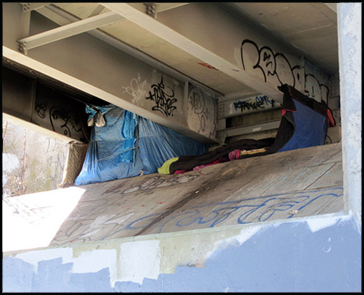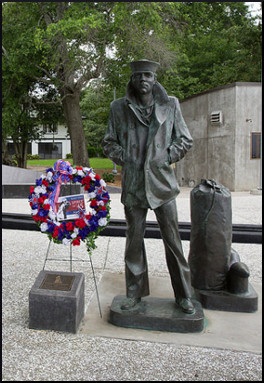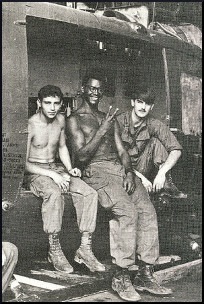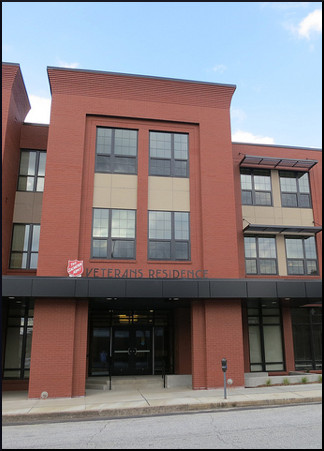
I have learned that, before people can think outside of their immediate needs, they must have those needs met. I refer to Maslov and the Hierarchy of Needs.
To that end, I have turned my attention to the core economics of the situation.
I have taken the existing Federal Minimum Wage (for those who can work) and tweaked it with a formula (based on existing government guidelines) that ensures that if a person puts in 40 units of work in a week , they will be able to afford basic food, clothing, housing, (utilities included) public transportation and access to the emergency room, wherever that work is done throughout the United States.
This will end homelessness for over 1,000,000,000 people instantly and prevent economic homelessness for all 20,000,000,000 minimum wage workers (immigrants included.)
You can find more details in my 2nd book, Looking up at the Bottom Line, and on the website www.UniversalLivingWage.org.
In my third book, Livable Incomes: Solutions that Stimulate the Economy, I deal with the Prevention of Homelessness. This includes fixing the Supplemental Security Income (SSI) for those who cannot work. From my perspective, looking at our capitalistic society the economy is paramount. This enables us to meet people’s basic needs.
People can either work or they can’t. At the lowest level, The Federal Government has set two standards: the Federal Minimum Wage for those who can work and SSI for those who cannot work.
Not surprisingly, the National Conference of US Mayors has said that a full time minimum wage worker cannot get into and keep (over time) a one bedroom apartment anywhere in the US. That wage is $7.25 per hour. The SSI stipend for people who cannot work is about half of that failed amount at $4.22 per hour.
Our approach to fixing this problem is different than that being promoted by the President (one size fits all) in that we recognize that we are a nation of a thousand plus economies. As a result, our formula indexes to the local cost of housing. In this fashion, if someone puts in 40 units of work (be it from one job or more) they will be able to afford the basics in life…food, clothing and shelter as outlined.
We have addressed the SSI standard in a similar fashion.
Since we devised our formula in 1997, the United States Military has converted its pay system to encompass our tenet of “Geographic Considerations” and changed from VAH, Variable Housing Allowance to BAH, Base Housing Allowance. Since then, the federal Government has similarly created “Locality Pay,” so that when people are transferred to a more expensive area, they are compensated.
Now it’s just, We The People, who are not supported this concept. As a result, 3.5 million people will again fall out of the work force and into homelessness again this year.
Image: 401(K) 2012
0













